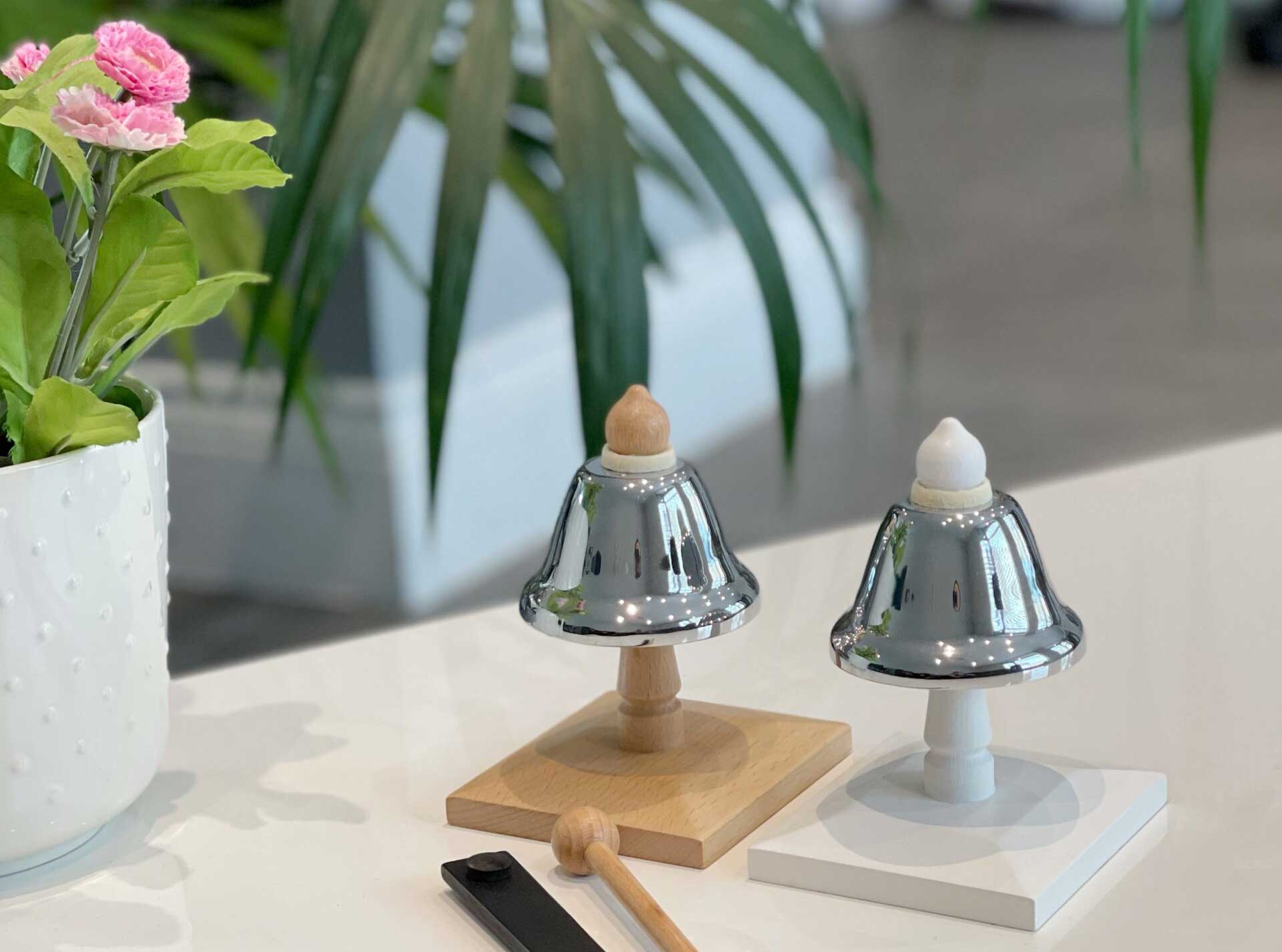
Loose Parts Play is something that is talked about a lot in early years education, and rightly so. It offers children freedom to explore, and endless opportunities for developing their creativity, critical thinking skills, problem solving abilities, and cooperative play.
Can Loose Parts Play sit alongside a Montessori nursery environment, and if so, how can we prepare this most effectively for the children?
The idea behind Loose Parts Play is to offer children beautiful (often natural) resources that don’t have a fixed purpose. They are designed to be explored with creativity, freedom and imagination. Loose Parts might include pine cones, sticks, buttons, shells, wooden shapes – and outside they might include pallets, crates, planks, pegs and fabrics.
Being made of predominantly natural materials, and being open-ended in design, and child-centered in use, Loose Parts Play makes a useful addition to the Montessori nursery environment.
The Montessori materials are designed to teach children about the world around them. They were often referred to as a series of ‘materialised abstractions’. What this means is that they bring abstract concepts to life for children through concrete, sensorial, hands on materials.
Once a child has worked with the Pink Tower or Brown/Broad Stair, they have an increased understanding of dimension. They will understand patterns, size and sequencing according to size in a new way. One way that we often see this learning expressed is through the way children explore the materials after the initial presentation. They might start to use both materials together, exploring new ways they can be built, coming up with new inventions and ways of thinking and doing. They might encounter new challenges, and have to work to find solutions.
The addition of Loose Parts Play to the Montessori nursery enables us to observe children applying the knowledge they have gained through working with the Montessori materials in new ways, and in new situations. We can get a sense of children’s understanding, their interests and their ways of thinking. We can observe the characteristics of effective learning in action, and support children in developing these. Loose Parts Play is also a fantastic way of enabling children to work cooperatively and collaboratively, putting their knowledge and thinking to use in social setting, and using collaboration as a way of developing new ideas and understanding.